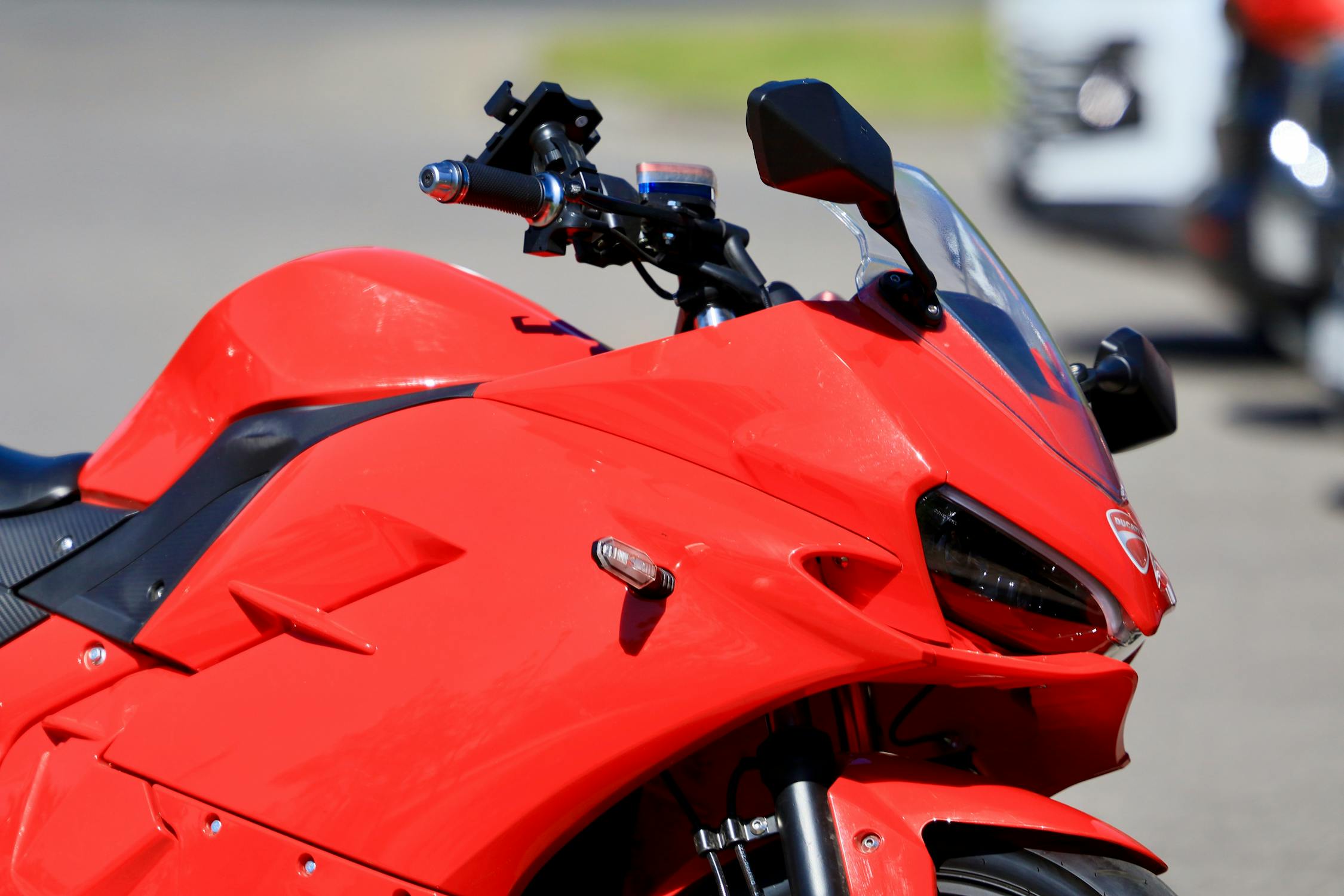Why Motorcycle Manufacturers Are Putting Electric Motors In Their Bikes
Introduction
Electric motorcycles have been around since the early 20th century, and they have their roots in the bicycle. Electric bikes are now making a comeback due to advances in battery technology and an increased interest in environmentally-friendly transportation options. So why are motorcycle manufacturers putting electric motors into their bikes? Here’s what you need to know:
Power for electric bikes is becoming more important than ever.
Electric bikes are becoming more popular, and they’re not just for people who want to save money on gas. Electric motors can make bikes more powerful, efficient and affordable than ever before. They also make them much more versatile–you can ride an electric motorcycle in the city or on the highway without worrying about running out of power or having to stop at a gas station every few hours.
Electric motorcycles are also becoming more reliable: many models come with a warranty that covers any problems related to their electrical systems for up to five years after purchase (the same amount of time as many traditional vehicle warranties).
Electric motorcycles have been around since the early 20th century.
Electric motorcycles have been around since the early 20th century. The first electric motorcycle was built in 1899 by H.G. Wells and called the Electrobat. It was able to reach speeds up to 37 miles per hour, which is about as fast as most modern-day cars can go on highways today.
Electric motorcycles have evolved quite a bit since then, but there are still many similarities between them and their gas-powered counterparts; both types of bikes rely on an internal combustion engine (ICE) to power them forward, though electric motors are powered by electricity instead of gasoline or diesel fuel like ICEs do.
The big drawback of electric bikes is their short range.
The biggest drawback of electric bikes is their short range. The distance you can travel depends on the bike’s battery, which is heavy and expensive. It also takes a long time to charge an electric bike that doesn’t have an on-board charger. Some models can be charged while riding, but they’re not very common yet because they require special equipment and add significant weight to the bike (meaning you won’t go as fast).
Electric bikes are easier to repair and maintain.
Electric bikes are easier to repair and maintain.
Electric bikes have fewer moving parts than gas-powered bikes, making them easier to work on. You don’t need to worry about putting oil in the engine or checking the air pressure in your tires as often, since these things are taken care of by the battery pack and motor. If something breaks, it’s usually just a matter of replacing a part rather than buying an entirely new bike–which can be expensive!
The battery can be removed from an electric bike so you can charge it at home. Batteries have been known to fail occasionally too; if this happens while you’re out riding, not only will you not have any power but also no way home! The good news is that if this happens with an electric bike (or hybrid), all you have to do is remove your battery pack from its housing (it’ll come out easily) put it on its charger overnight then put everything back together again when morning rolls around – simple!
Cost and complexity are keeping electric motorcycles off the road.
The cost and complexity of electric bikes are keeping them off the road.
Electric motorcycles are expensive, which makes them less attractive to buyers who may not be sure about how well they will perform on a ride or if they’re reliable enough to use every day. The high price tag also means that manufacturers have had trouble finding buyers for their products, even though they’re marketed as being better for the environment than gasoline-powered bikes.
The batteries that power electric motorcycles can be expensive too; some models can cost as much as $15,000 USD! And because these machines require more parts than traditional vehicles do–like motors, controllers and regenerative braking systems–they require more time (and thus money) to repair when problems arise with them.*
It’s likely that there will be a hybrid of gas/electric engines in our future, but it’ll take time before they’re available everywhere
While it’s likely that electric bikes will become the standard in the future, there are many technical issues to work out before this happens. It will take a long time for electric bikes to be available everywhere, but there are some advantages to them:
- They’re cheaper than gas powered motorcycles because they don’t require as much maintenance or replacement parts (though they do require a battery which can get expensive over time).
- They’re easier to ride and maneuver than traditional motorcycles because they don’t have any gears or pedals; just throttle control and brakes.*
Conclusion
The future of the electric motorcycle is bright, but it’s not here yet. There will likely be a hybrid of gas/electric engines in our future, but it’ll take time before they’re available everywhere. Until then, we’ll have to make do with what we’ve got!




